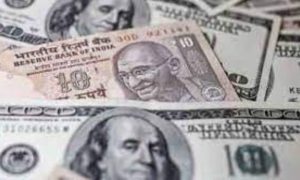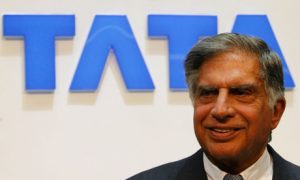With duty and tax cuts on petroleum products and the ban on some food exports, drivers of inflation seem to be shifting from global to domestic factors.
India’s consumer price index rose to 7.41 per cent for the month of September 2022, a 5-month high, and the wholesale price index fell to 10.7 per cent. This has been the 9th straight month where inflation has remained above RBI’s targeted levels. Fuel inflation declined year-on-year while both food and core inflation hardened in the just-concluded month. All three increased month-on-month. Half of the yearly and two-thirds of the month-on-month contribution came from food; month-on-month, fuel inflation softened. The inflationary momentum continues outside fuel.
While high crude oil prices and a softer rupee keep fuel (including transport) inflation elevated, duty and tax cuts and a staggered pass-through of international oil prices reduced the impact. After being relatively benign in the two previous months, core inflation was above 6 per cent in September. Food inflation is high, which chiefly reflects domestic factors as India is largely self-sufficient in food. While inflation is a concern for India as with most other countries, the drivers of inflation in India are different from those of peers.
In recent months, global inflation too continued its upward trajectory in some systemically important countries like the US, where headline inflation albeit moderated but remained above consensus estimates. US inflation eased to 8.3 per cent year-on-year in August from 8.5 per cent in July even as core inflation moved up by 6.3 per cent year-on-year vs. 5.9 per cent in July. Europe, which is suffering from an energy crisis, witnessed inflation rise to a fresh record of 9.1 per cent in August from 8.9 per cent in July with core inflation rising by 4.3 per cent year-on-year vs. 4 per cent in July.
Inflation remained elevated in the UK too, as headline inflation rose by 9.9 per cent slightly lower than 10.1 per cent in July on a year-on-year basis and core prices rose by 6.3 per cent vs. 6.2 per cent in July. Turning east, China’s consumer inflation eased slightly to 2.5 per cent in August from 2.7 per cent in July and India’s headline inflation inching back up to 7 per cent from 6.7 per cent year-on-year in July. Japan, which traditionally witnesses low levels of inflation, has witnessed its headline and core inflation (inflation ex-fresh food) rise to 8-year high of 3 per cent and 2.8 per cent in August, respectively. A common feature of all the countries has been the elevated contribution of food and energy inflation worsened by supply chain disruption (Russia Ukraine conflict still impacting gas prices in Europe) and series of weather-related events impacting crop output this year (pushing food prices higher).
Geo-political and weather-related upside risks to near-term inflation continue, as also the unfavourable base effect for food. Yet, the recent softening of global commodity prices, easing of some global supply-chain problems and the absence of demand pressures seem to indicate retail inflation is past the peak. With an unfavourable base for food products, especially vegetables and cereals, we do not expect a sharp softening until March 2023.
Inflation in India is well outside the RBI’s comfort zone and core inflation again breached the 6 per cent mark. With the repo rate at 5.9 per cent and SDF at 5.65 per cent, we expect the RBI to be highly data driven in future rate decisions. Despite several upside risks and the unfavorable base for food products, retail inflation seems to have passed the peak. A rapid cooling off is unlikely given the base and current momentum. With duty and tax cuts on petroleum products and the ban on some food exports, drivers of inflation seem to be shifting from global to domestic factors. With retail inflation above the RBI’s comfort zone, rate hikes would continue. Yet, we expect the RBI to be highly data driven in future rate decisions, another 50-60bp rate hike is likely.





































